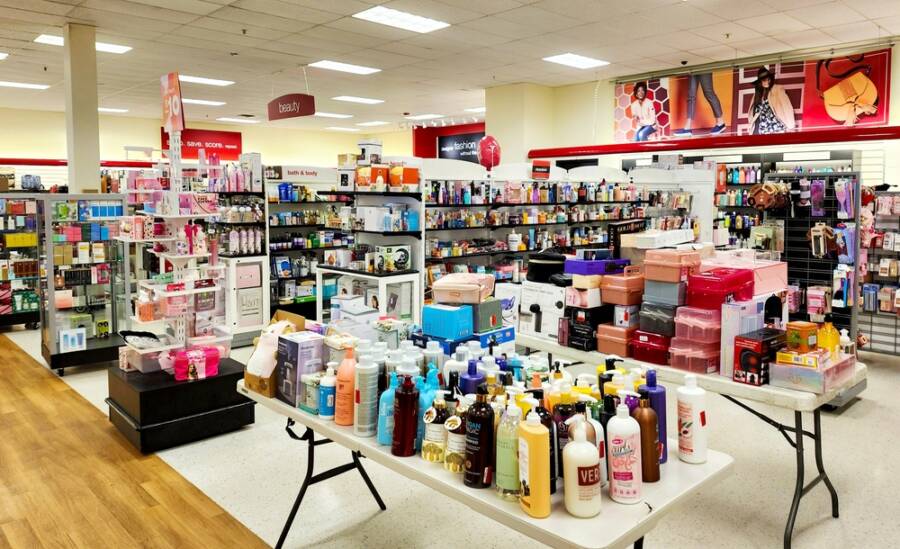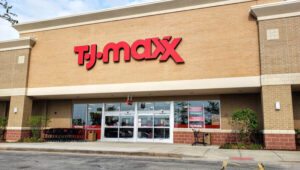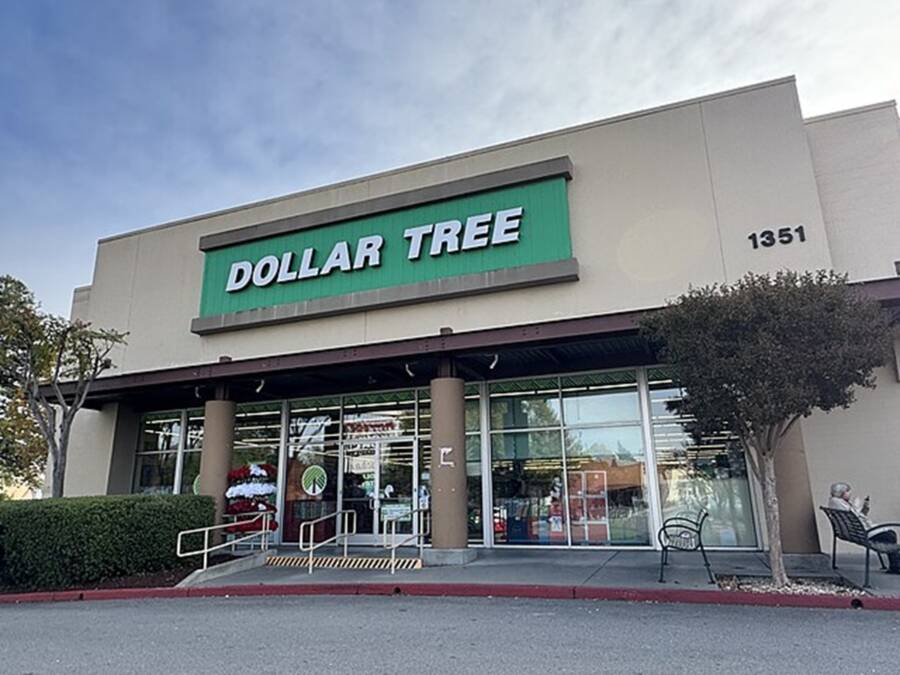As of May 2025, American consumers are forced to grapple with rising prices on everyday goods, mainly caused by all the new tariffs implemented by the Trump administration. Such tariffs, including a 10% baseline on most imports, as well as a 25% levy on car imports, ultimately led major retailers such as Walmart, Target, and Shein to announce price hikes across different product categories, from groceries to electronics.
With all these challenges in mind, here are some of the most practical strategies to efficiently navigate and mitigate the impact of all these price increases. Don’t hesitate to tell us whether or not you find our suggestions practical, or if there are any other tips and tricks you might have up your sleeve that have proven to work out.

Embrace local and seasonal produce
Tariffs have definitely affected the cost of imported fruits and vegetables, with more than 60% of fruits and 40% of vegetables in the United States being imported. To fight this, focus on buying local and seasonal produce.
Farmers’ markets are amazing sources for fresh, affordable, and locally grown fruits and vegetables. In fact, not only does this support local agriculture, but it also promises to offer the freshest and most nutritious produce.
Opt for generic and store brands
Brand-name products often carry a premium price, which can be easily exacerbated by tariffs. When it comes to generic and store-brand items, they generally offer similar quality at a much lower cost.
For example, Walmart has been quite transparent about the need to raise prices, because of tariffs, but still offers competitive pricing on its store-brand products. Switching to any of these alternatives can easily lead to significant savings over time.
Buy in bulk wisely
Focus on non-perishable items in bulk can be one of the most cost-effective strategies. Some items, such as rice, pasta, canned goods, and cleaning supplies, all have long shelf lives and are far less prone to price fluctuations. But it’s still important to make sure that bulk purchases fully align with your consumption patterns, in order to avoid waste.
Use loyalty programs and cashback offers
There are plenty of retailers who can offer various loyalty programs that will provide discounts, cashback, as well as exclusive deals. Moreover, using cashback websites and apps can easily offer rebates on purchases.
These programs can help offset the increased costs caused by tariffs. For instance, some customers mentioned they managed to save up to 40% on their grocery bills by effectively using all the mentioned programs.
Explore alternative retailers
With all the major retailers adjusting their prices due to tariffs, exploring a couple of alternative shopping options can prove to be beneficial. Discount stores, local co-ops, as well as online marketplaces can offer competitive pricing.
For example, TJX Companies, which is in charge of TJ Maxx and Marshalls, seems to be adapting its range of product offerings to keep them affordable, despite tariff challenges.
DIY and homemade alternatives
Creating as many homemade versions of products can easily lead to savings. And when it comes to this, examples are plenty: baking bread at home, snacks, as well as cleaning solutions, all these can be more economical and allow for customization. This specific approach will not only save you money, but it will also provide full control over ingredients and their quality.
Monitor sales and start using price tracking tools
Staying informed about current sales, as well as using price tracking tools, are two of the most efficient ways to be there when opportunity arises. Websites and browser extensions can easily alert you to price drops and, of course, better deals elsewhere. Being proactive in this particular manner could ensure you’re not overpaying due to sudden price hikes.
Reevaluate subscriptions and recurring expenses
Constant reviewing and adjusting subscriptions, as well as recurring expenses, can easily free up funds to counteract increased costs somewhere else. Unfortunately, yes, now is the time to reconsider whether or not your current subscriptions are needed, and if there are other, more affordable alternatives available out there.
Plan and budget carefully
With the current economic landscape, proper budgeting becomes even more important. Allocate funds for essential items, then carefully anticipate potential price increases in certain categories. This kind of approach will create room for better financial preparedness, as well as reduce the impact of other unexpected expenses.
Stay informed and adapt as much as you can
Economic policies, as well as their effects, can change quite fast. Staying informed about news on tariffs, trade agreements, and market trends can enable you to efficiently adapt your spending habits accordingly. Being flexible and open to change is mandatory, especially now, when navigating such uncertain times.
Make repairs instead of just replacements
Since now tariffs are increasing the cost of consumer goods, especially certain imports such as electronics, appliances, and home furnishings, one of the best and most efficient money-saving strategies is simply to repair rather than replace.
Learning basic DIY skills can easily extend the life of all products, from small kitchen appliances all the way to your lawn mower. YouTube tutorials, as well as online forums and local workshops, offer the much-needed knowledge it takes to fix all these things for yourself.
For more complicated issues, just go to a local repair shop instead of a manufacturer-authorized service center. The latter might charge you more.

Try other digital alternatives
When material goods are suddenly more expensive due to tariffs, digital alternatives could easily offer tremendous savings. For example, consider eBooks instead of the classical, hardcover ones, streaming services instead of the good-old cable, and downloadable software instead of boxed products.
All these may come at a lower cost, with fewer associated fees. Moreover, embracing the plethora of virtual alternatives, such as online fitness classes or virtual learning, can definitely save you money on transportation and materials. There are small ways in which some things can be replaced, and they’re all scalable and easy to customize for your budget and needs.
Change how often you go shopping
Deciding on fewer shopping trips is one of the simplest yet effective ways to reduce impulse purchases, as well as limit exposure to fluctuating prices. You can plan your errands strategically, craft a list, consolidate stops, and shop with a clear budget in mind.
This can reduce fuel use, and also help you avoid being caught by sudden mid-month price hikes that some stores might be applying to cope with rising costs. In fact, fewer trips will help you stick to what’s essential, encouraging you to make the most of what you already have, and also waste less. Whether it’s meal prepping, pantry challenges, or simply avoiding the latest “deal temptations,” they’re all worth trying.
Explore thrifted and bartered goods
Tariffs can disproportionately impact imported products. So why even bother to buy new things? Whether it’s thrift stores, consignment shops, or online resale platforms such as Facebook Marketplace, Craigslist, and Poshmark, all of these are overflowing with gently used goods.
Whatever you might be looking for as far as clothing, tools, or furniture goes, the second-hand market can definitely offer substantial savings.
If you found this article useful, we also recommend checking: Here Are 13 Signs You’re Thriving Financially (Even if It Doesn’t Seem Like It)














